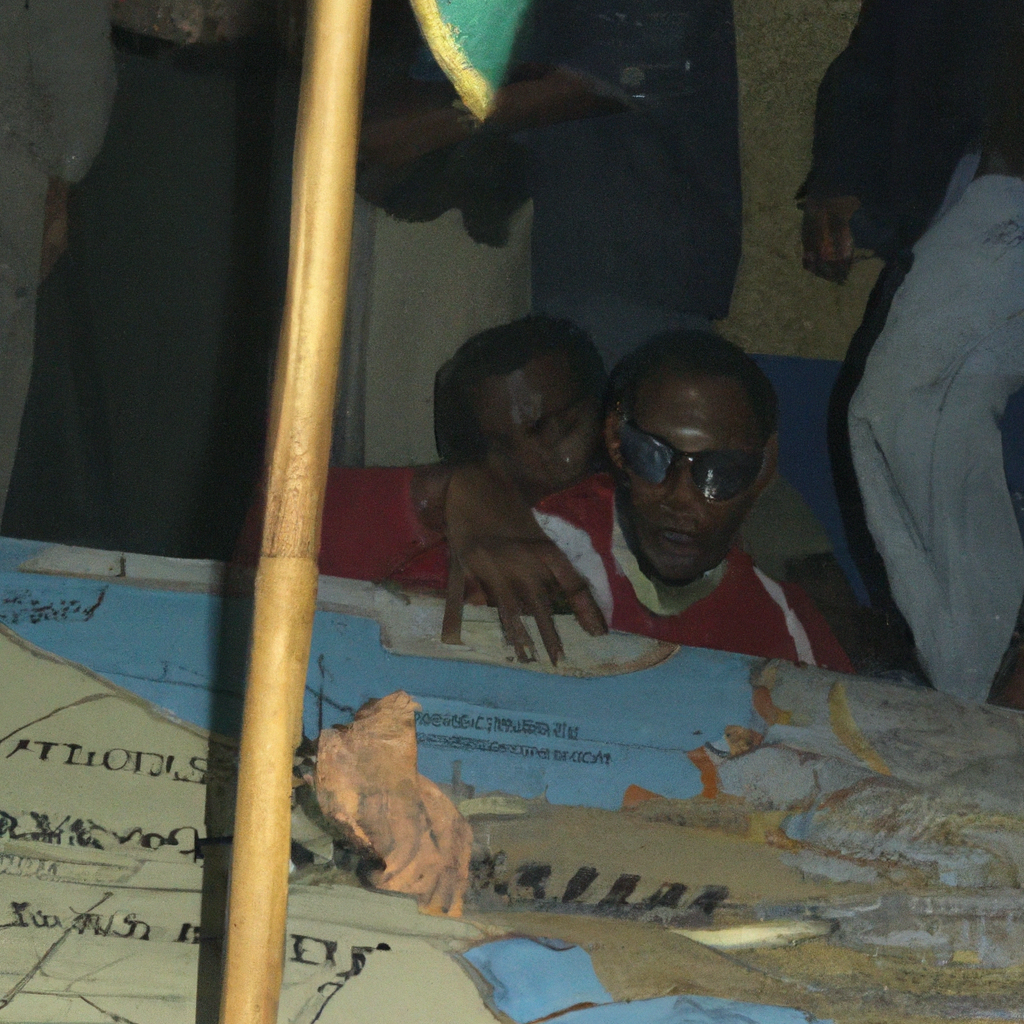Unveiling the Enigma: Somalia
Somalia, often regarded as a land of resilience and beauty, is a captivating nation that is rich in history and cultural heritage. This Horn of Africa country offers a blend of fascinating landscapes, traditional norms, and a vibrant environment that draws the interest of the global community. However, despite its intriguing qualities, Somalia is frequently misunderstood due to its past conflicts and instability. This article aims to shed light on the uniqueness of Somalia, its people, culture, and potential for growth and development.
A Brief Historical Overview
Somalia’s history dates back thousands of years, with the region playing a major role in the ancient and medieval world. The Somali people have been known for their skills in commerce and navigation, often interacting with other civilizations from antiquity.
- The Land of Punt, believed to be present-day Somalia, was an important trading partner of Ancient Egypt.
- The medieval times saw the rise of several powerful Somali Empires such as the Ajuran Empire, which was known for its intricate hydraulic engineering systems.
Despite these historical achievements, Somalia has experienced a series of conflicts and political instability since the late 20th century. Today, the nation is on a path of recovery and rebuilding, striving to reclaim its position on the global stage.
The Richness of Somali Culture
Somalia’s culture is a fascinating blend of ancient traditions and modern influences. The Somali people take immense pride in their cultural heritage, which is evident in their daily life.
Language and Literature
Somali is the official language of the country, spoken by the majority of the population. The Somali literature is rich in oral traditions, with poetry being a significant part of their cultural expression.
Arts and Music
Somali music is a mix of native Somali traditions and influences from nearby regions. The arts scene in Somalia is vibrant, with a strong focus on painting, pottery, and textiles.
Cuisine
Somali cuisine is a delicious fusion of native Somali food and influences from Yemeni, Persian, Indian, and Italian cuisines. The staple dishes often contain rice, lentils, and meat, flavored with a variety of spices.
The Potential for Growth and Development
Somalia, despite the challenges it has faced, holds significant potential for growth and development. The country has substantial untapped resources, including oil, gas, and minerals, which could serve as a strong foundation for economic progress.
Additionally, Somalia’s strategic geographical location on the Horn of Africa, along with its long coastline, opens up numerous opportunities in trade, tourism, and maritime industries.
Conclusion
Somalia, a nation steeped in rich history and culture, has much more to offer than what meets the eye. Its journey from ancient times to the modern era, through periods of prosperity and conflict, paints a picture of resilience and adaptability. As the country moves forward, there is a sense of optimism about its potential for growth and development.
Understanding Somalia is about delving beyond the surface, appreciating its cultural richness, and recognizing the opportunities it holds for the future. It is about changing the narrative and unveiling the enigma that is Somalia. The resilience and vibrancy of the Somali people is an inspiration, and their journey is a testament to their indomitable spirit.
